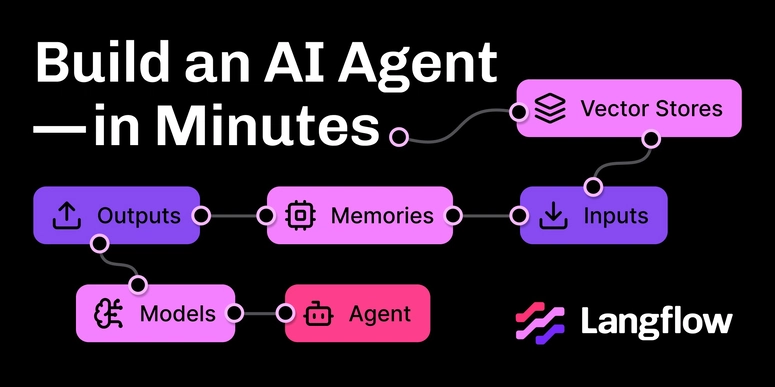After selecting the domain or conducting a requirement analysis, we need data. When we do not have enough data, we collect it from various sources, including the Internet. Since data is considered the fuel of the Agentic era, we cannot do anything without it.
Here, I am going to provide a high-level explanation of how to collect data from Google Maps. For instance, extracting data from a local car shop using Selenium. While Selenium is not the only automation tool available, other options are BS4, Scrapy, and so on. It is one of the most popular choices. So, let's get started.
The following Selenium components were used:
🔷webdriver.Chrome() - for initiating the browser
🔶Options() - for setting Chrome options
🔷By - for locating elements on the page
🔶WebDriverWait - for waiting for certain conditions to be met
🔷expected_conditions (EC) - for predefined conditions
🔶find_element() and find_elements() - for locating single or multiple elements
🔷execute_script() - for executing JavaScript in the browser
💠time.sleep() - for adding delays
🔶driver.get() - for navigating to a URL
🔷send_keys() - for typing into input fields
💠click() - for clicking on elements
Step - 1️⃣ : No code identify Pattern
Before writing the code, we should spend a good amount of time visualizing the website, identifying the elements such as buttons, and analyzing the results after clicking. Some websites use different types of pagination for example infinite scrolling. Meanwhile, if a site has comments or reviews, like an e-commerce site, we often see a separate pagination system for the comment section. Additionally, we should check whether the page refreshes when navigating and if the displayed results change accordingly.
Step-2️⃣: Choosing XPath or CSS Selector
Once we have identified the necessary elements on the website, the next step is selecting an appropriate method to locate them—either XPath or CSS selectors. Both have their advantages, but CSS selectors are generally faster than XPath in most cases.
Step-3️⃣: Setup Selenium and Run the code
⏬Check the code in github
Step -4️⃣: Save the Data
Finally, store the scraped data in a CSV file for easy use and further analysis
Next part would code explanation





Top comments (0)